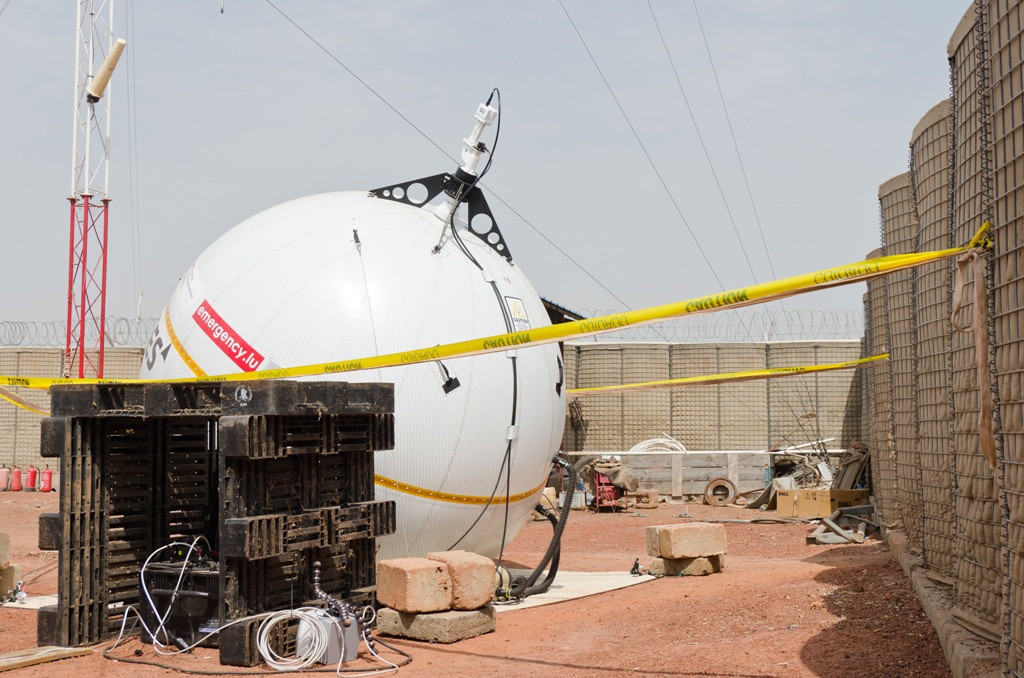
End of an Era in South Sudan
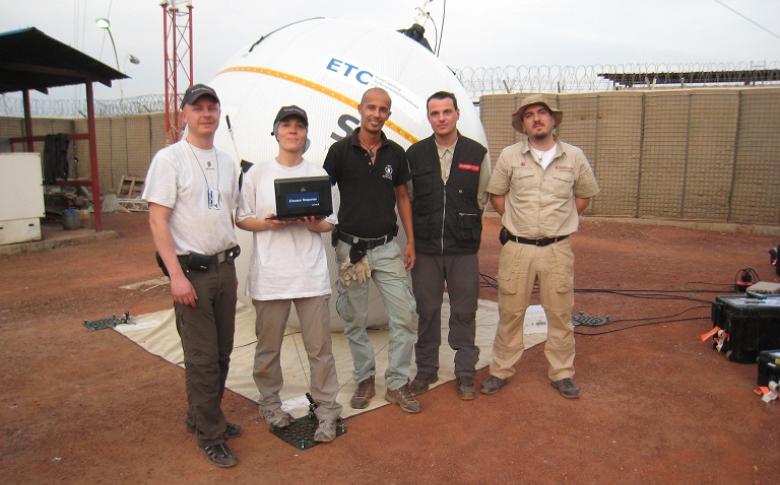
After 6 years of activation, ETC South Sudan demobilises
Beach ball satellite terminals and precariously mounted access points have become iconic of the Emergency Telecommunications Cluster (ETC) over the years. The maiden deployment of the then named ‘ETC Response Solution’ was five years ago in South Sudan and since then this combo of equipment has been deployed to provide high-speed internet connectivity to thousands of humanitarians responding to emergencies across the globe.


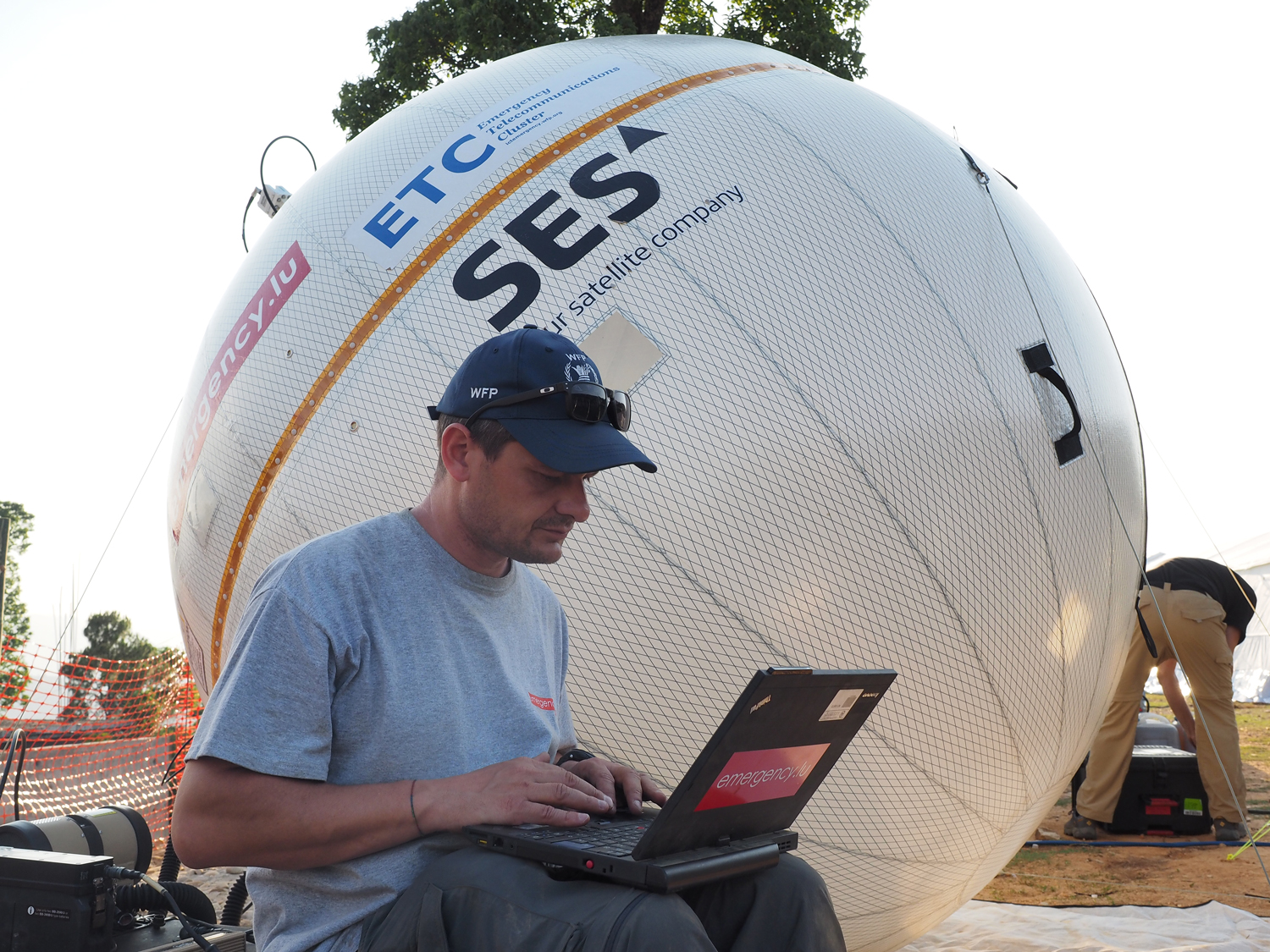
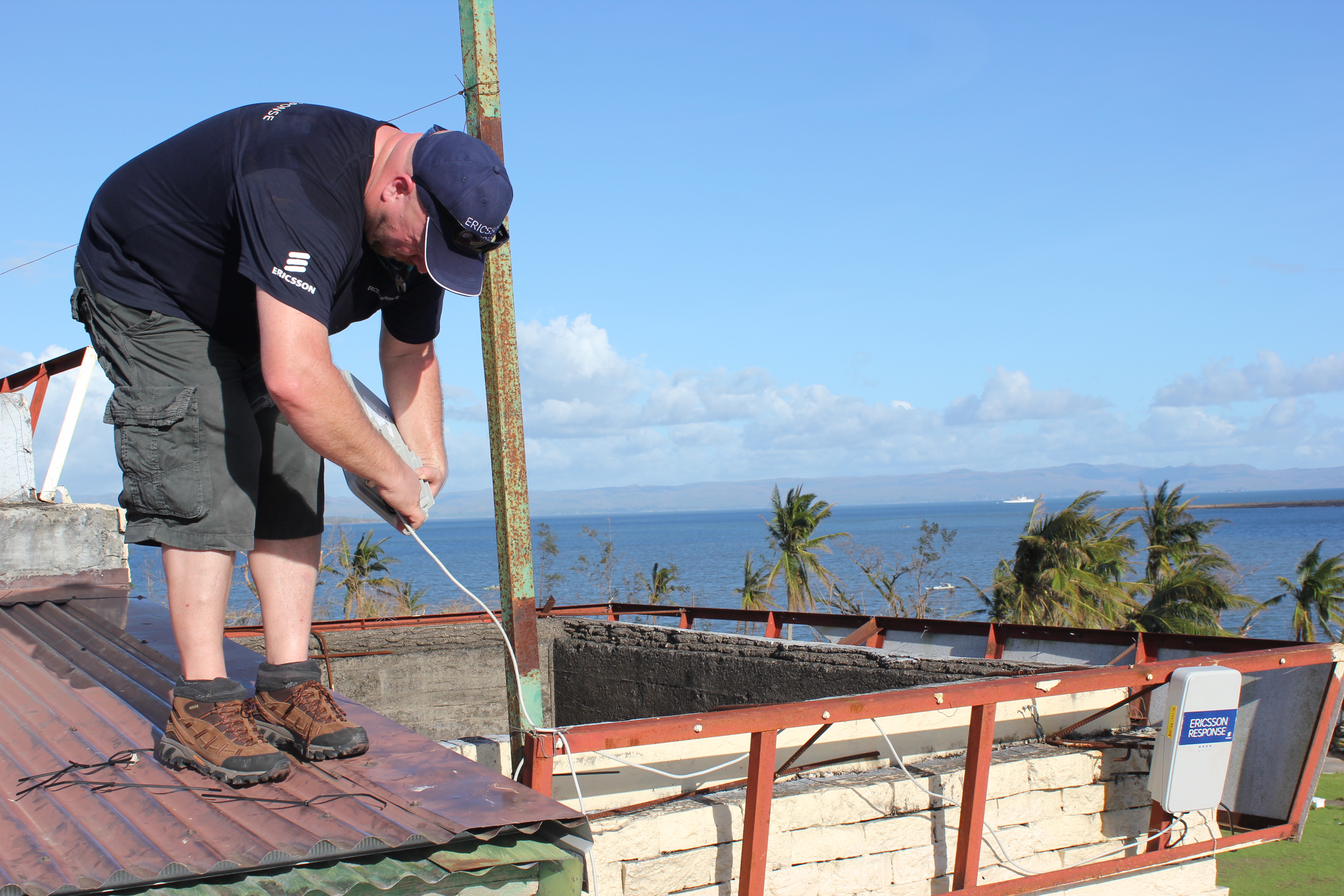
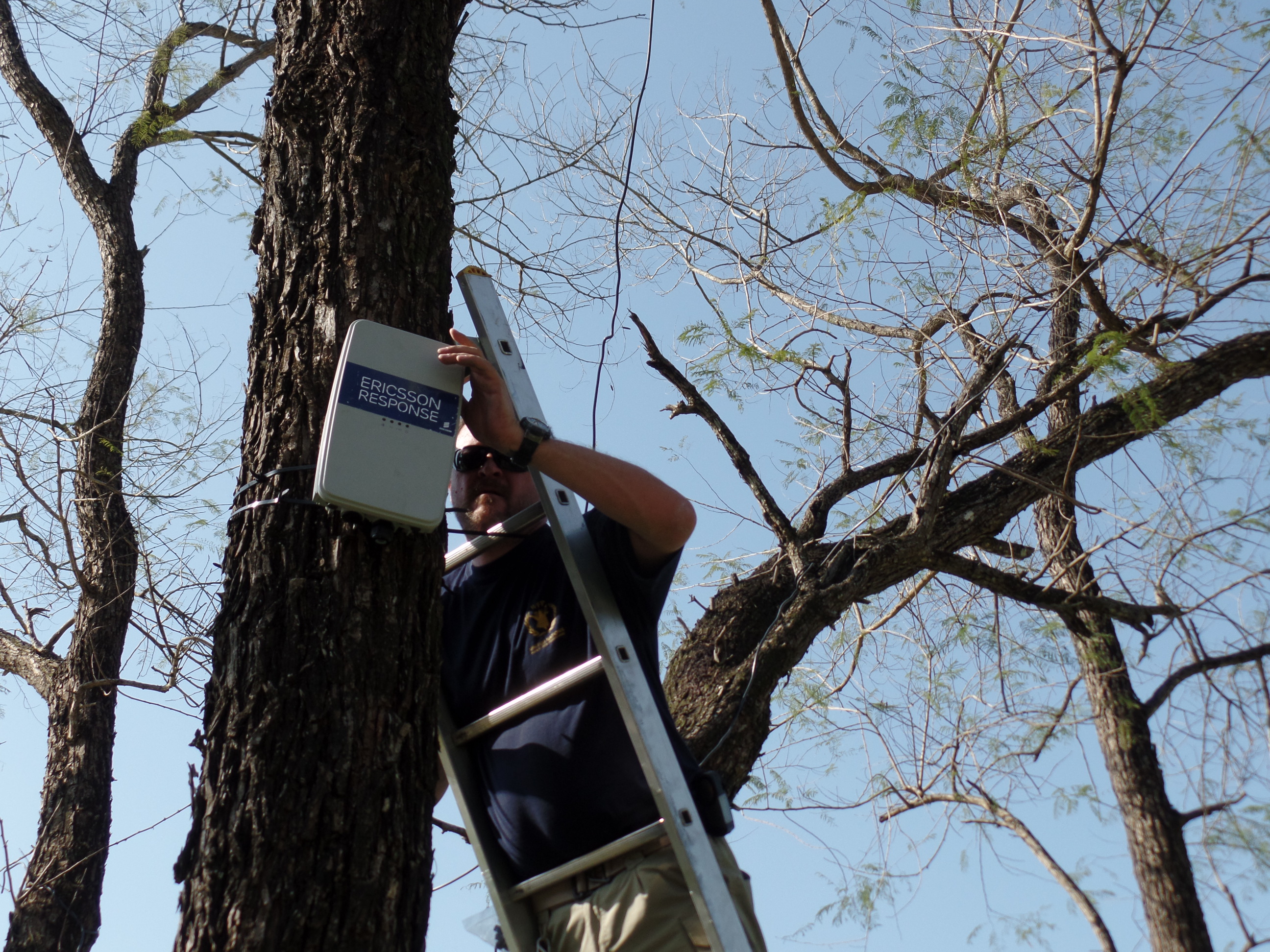
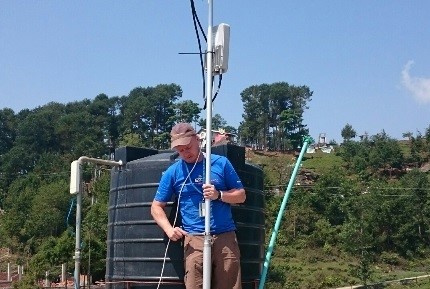
Five Years of the ETC Response Solution
The ETC solution comprises two key technologies - emergency.lu and WIDER. Initially a public-private partnership between the Government of Luxembourg and Luxembourg-based companies, emergency.lu is a highly portable, satellite based, telecommunications platform to rapidly provide internet connectivity at the onset of large-scale disasters. The beach ball is the satellite infrastructure part of the emergency.lu solution and is in fact an inflatable antenna.
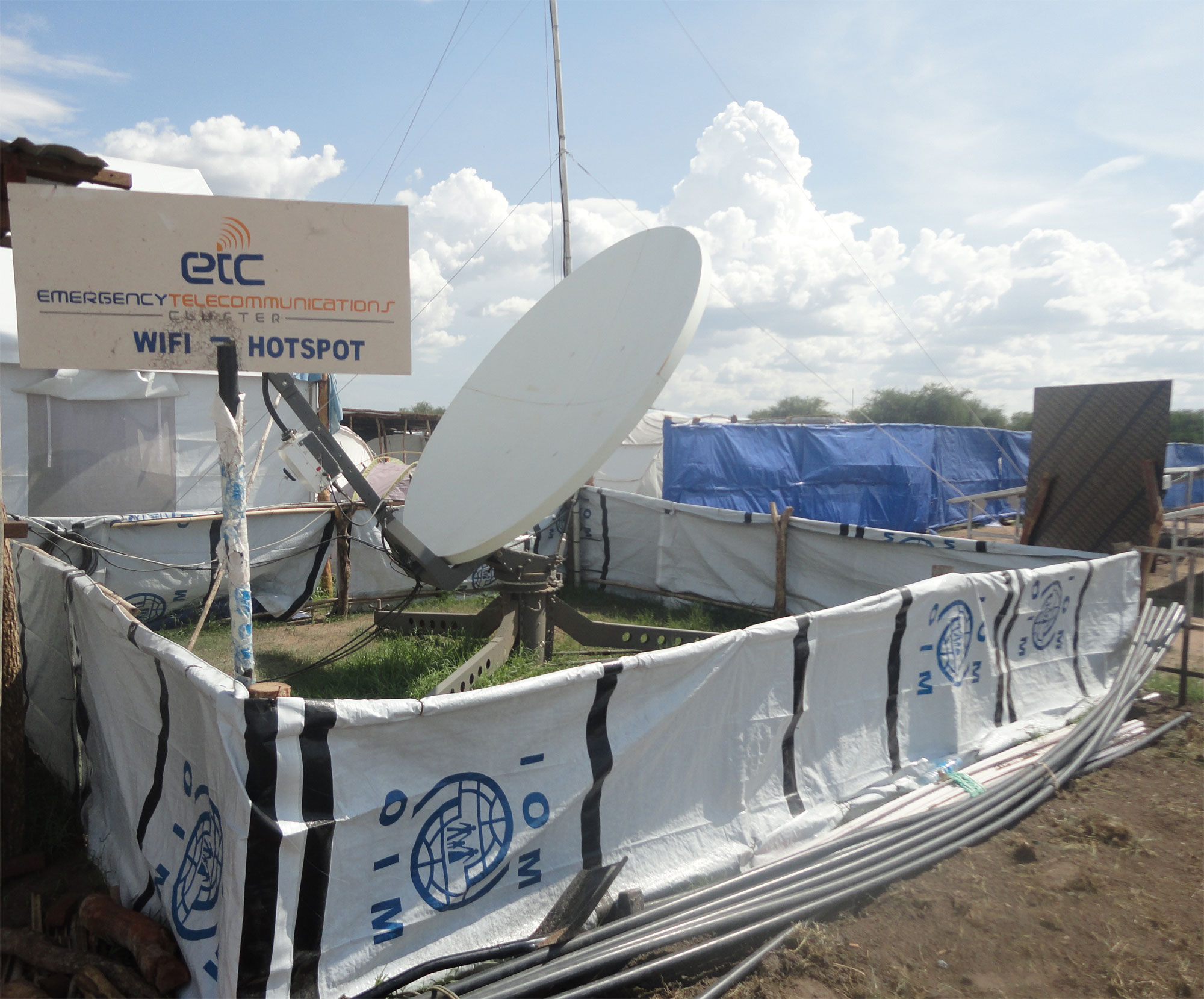
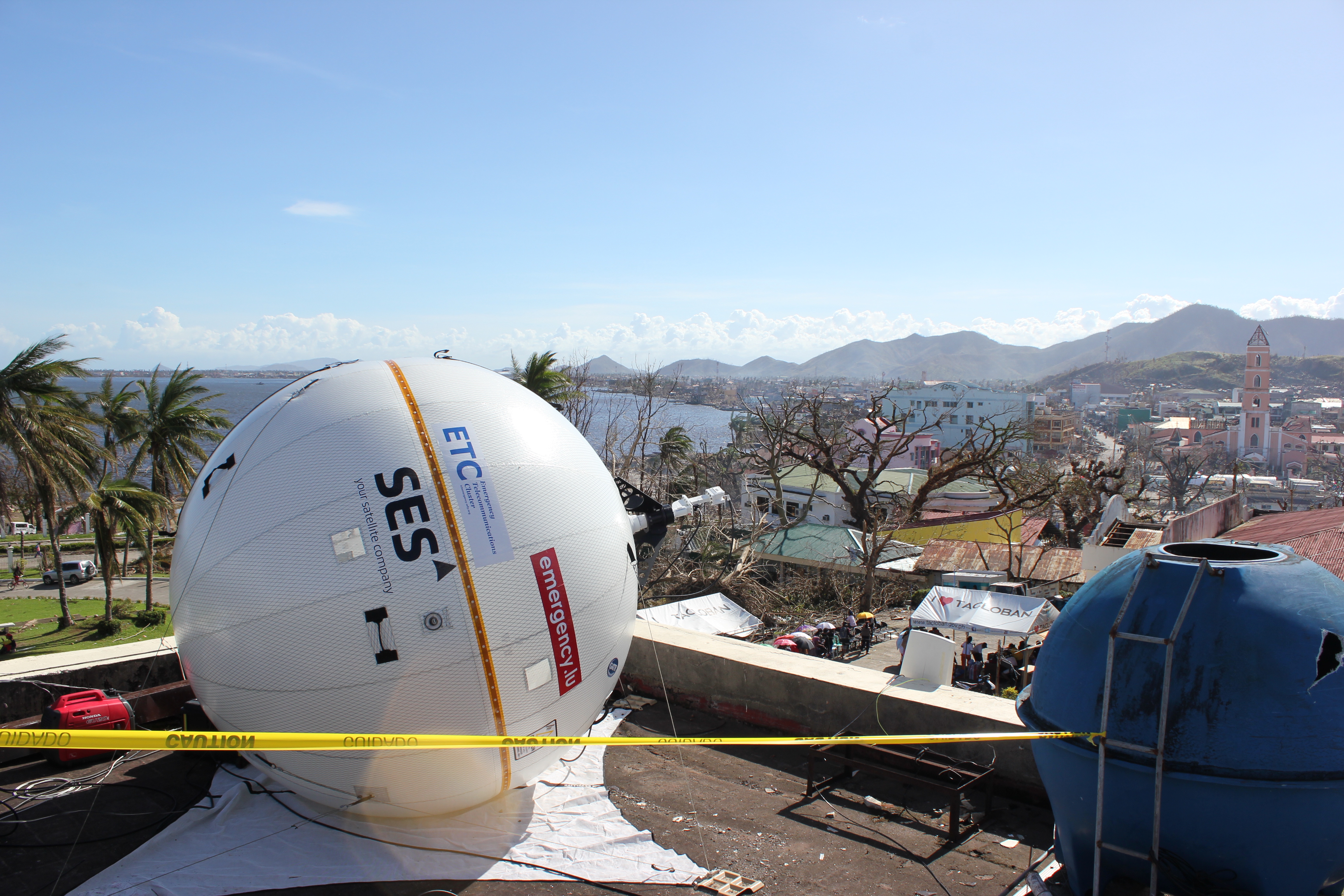
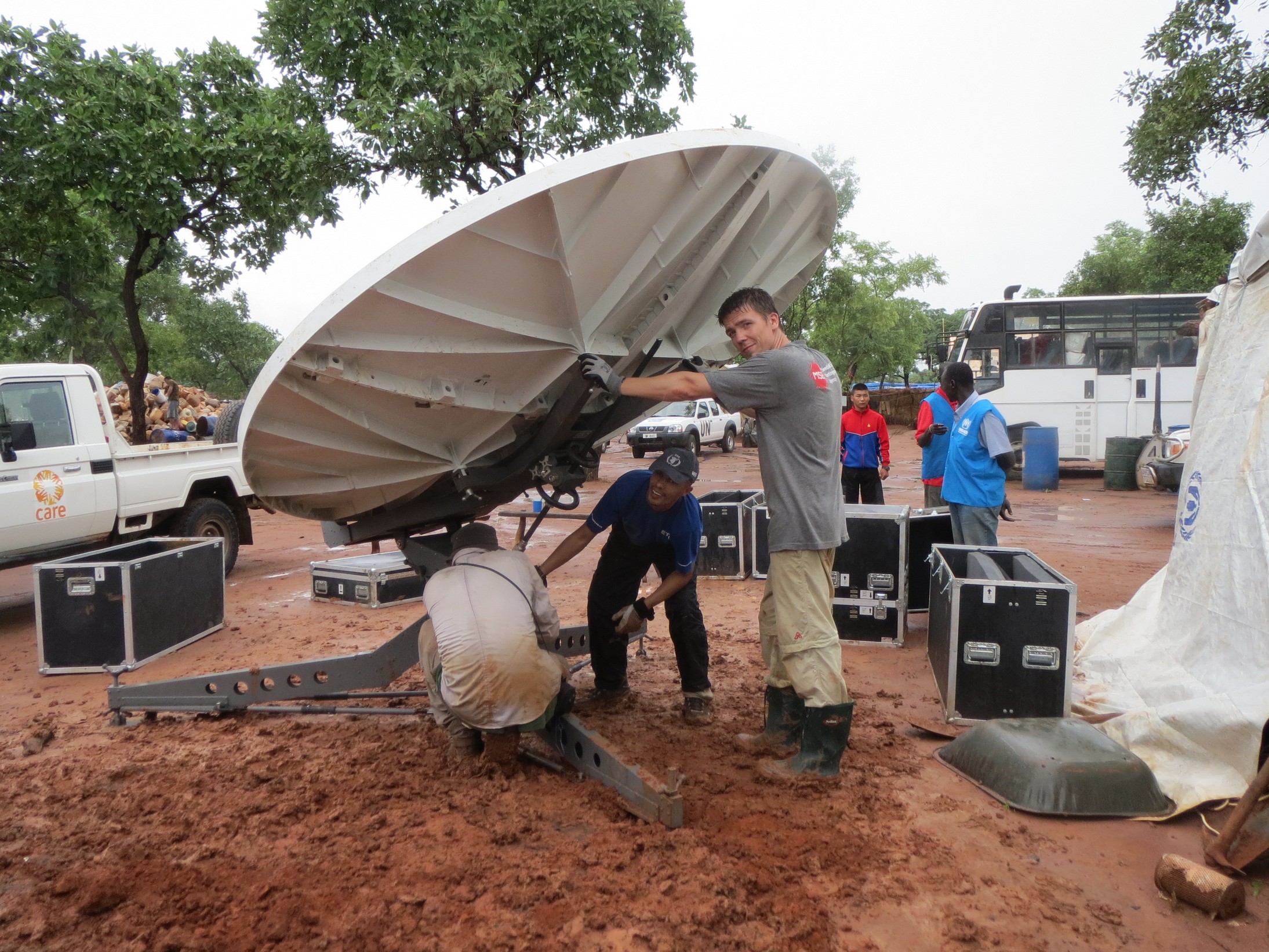
Provided by Ericsson Response, WIDER is a central globalised management solution that manages and distributes connectivity, providing humanitarians with more secure, cost effective and reliable network access. When deployed, users can connect to WIDER in much the same way as when registering for access at a hotel back home.

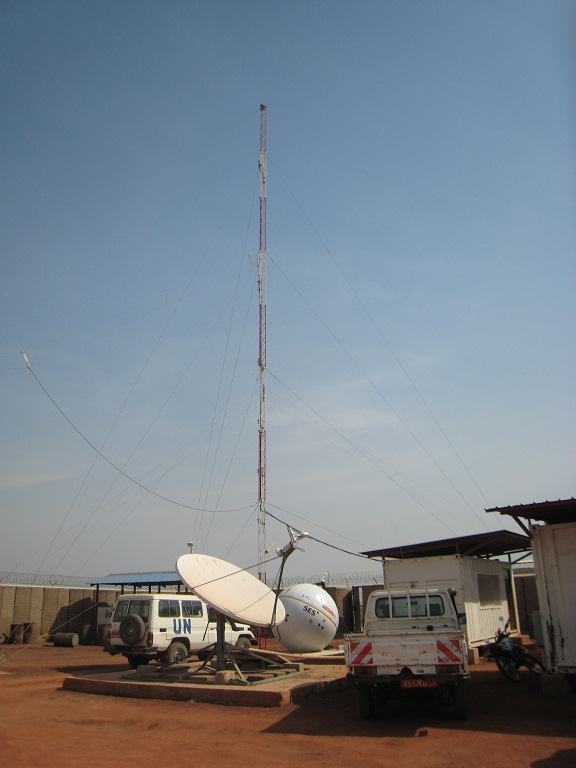
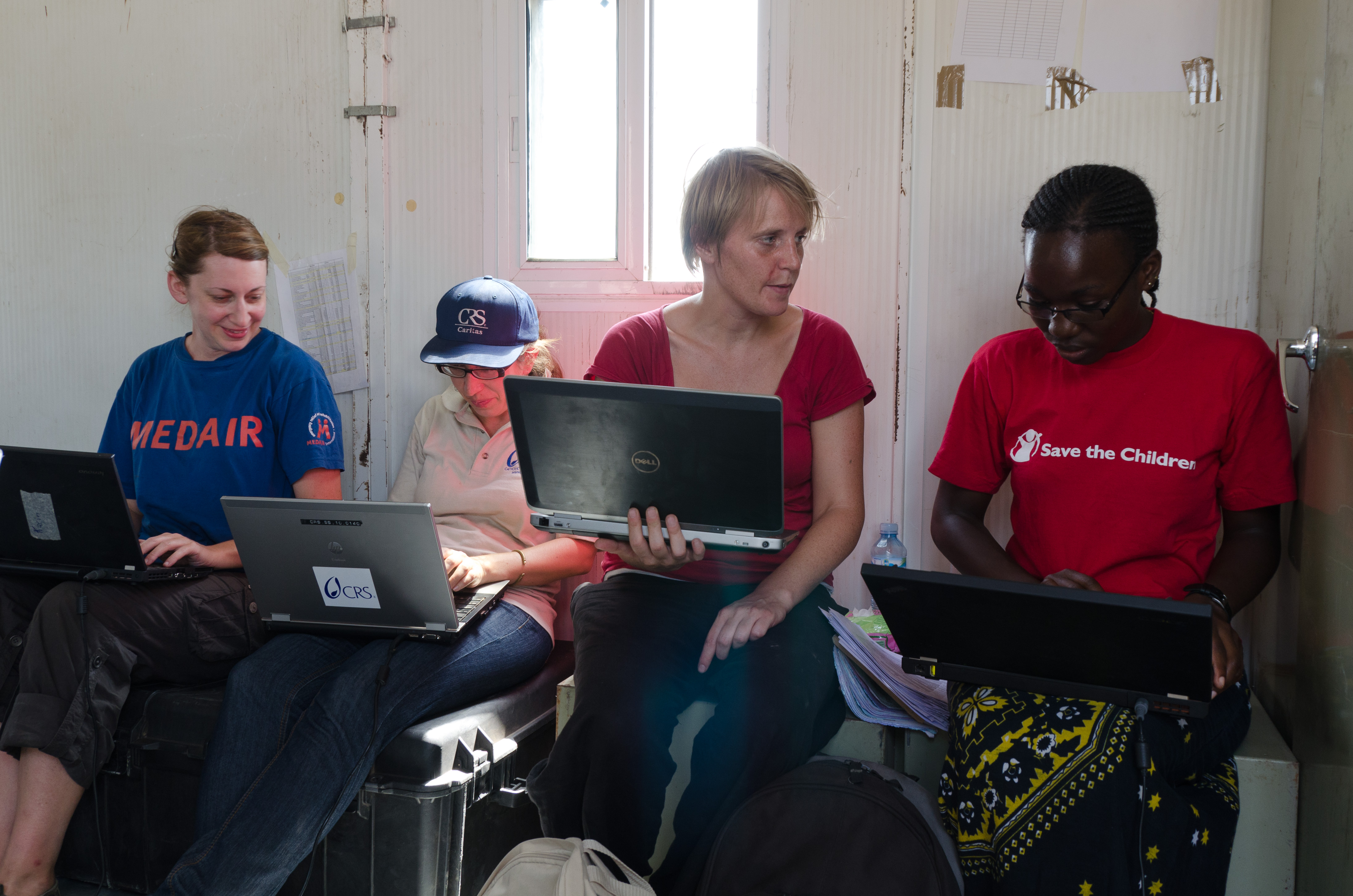
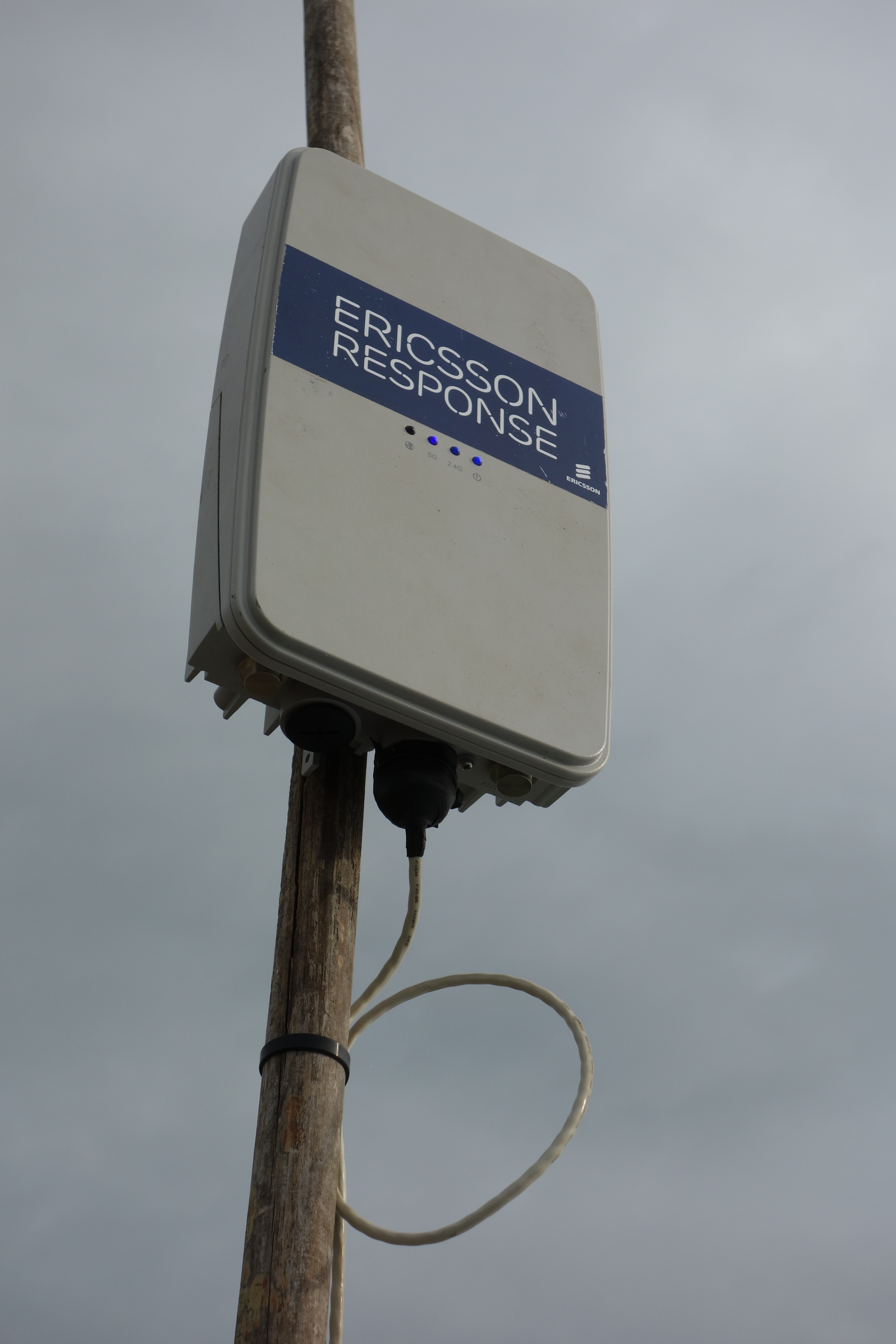
While no longer referred to as the ETC Response Solution, both emergency.lu and WIDER continue to be used in operations today, filling the communications gap until commercial providers recover services.
Demobilising from South Sudan
Last month the ETC’s longest running activation – South Sudan – was officially demobilised despite the country facing severe food insecurity and no commercial providers being available. The ETC was activated in South Sudan in September 2011, with World Food Programme (WFP) as lead agency, to support the world’s newest country battle the hunger, insecurity, displacement, natural disasters and disease that faced it following its independence.
Since activation, ETC South Sudan has provided shared communications services at 23 sites; trained over 1200 humanitarians on security telecommunications; and implemented long-term internet connectivity in five state capitals - Aweil, Malakal, Bor, Bentiu and Mingkaman - serving 65 humanitarian organizations and more than 720 users.
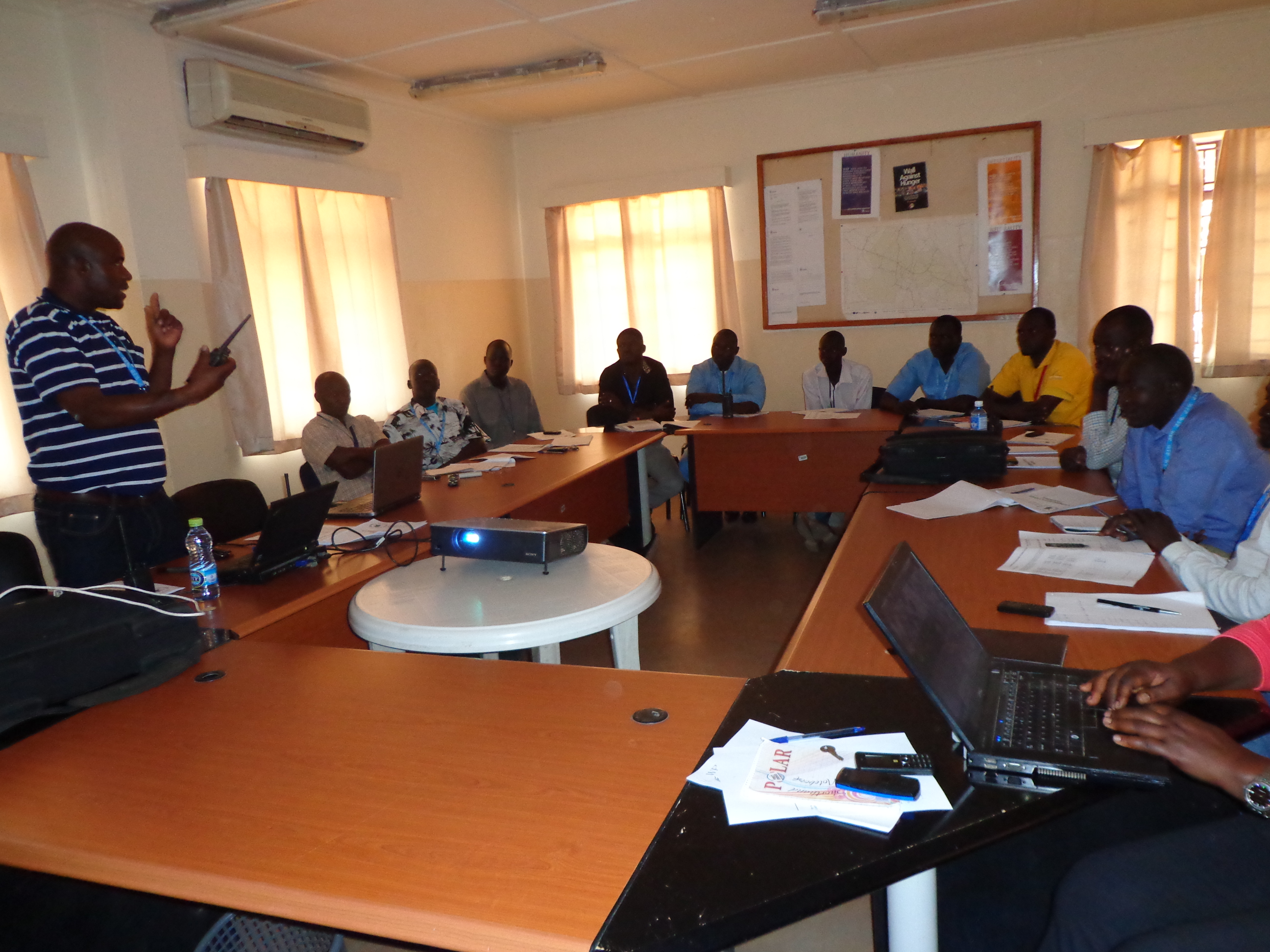
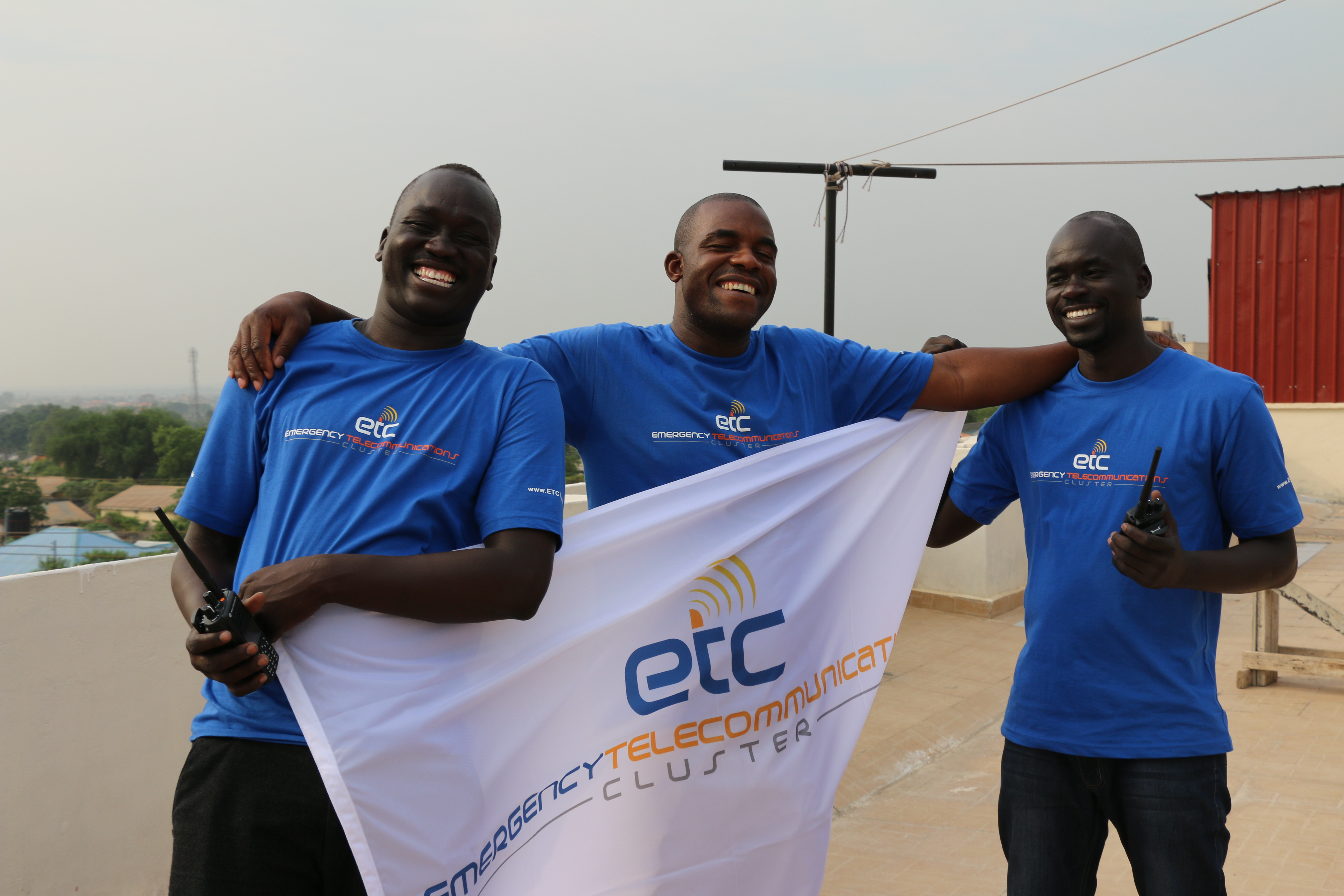
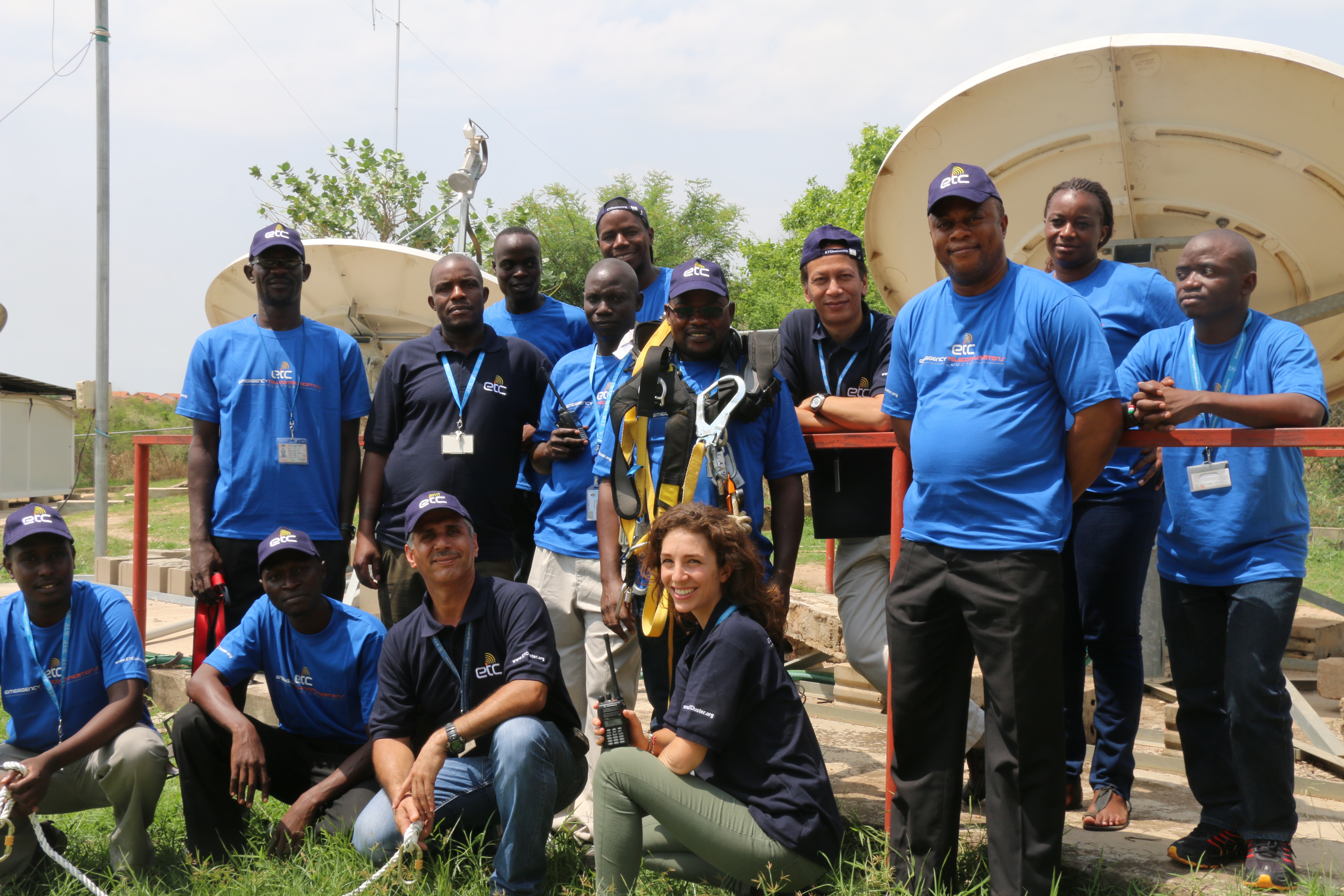
Having established a local pool of trained personnel, and provisioned a cost-effective and reliable internet solution for humanitarians in key areas, the ETC was finally able to demobilise while ensuring continued support to the current food crisis.
A New Era
Six years ago when ETC South Sudan was first activated, it was a remarkable feat to provide internet connectivity to hundreds of humanitarians in the world’s most remote locations. Now, that’s not enough. In emergencies, humanitarians aren’t the only ones who need to communicate - what about national disaster management agencies? Hospitals? Government? People?!
Understanding that alongside food, water, shelter and health that communications is the fifth basic human need, the ETC2020 vision seeks to ensure all those responding to emergencies – including disaster affected people – have access to vital communications. ETC Services for Communities projects have already been delivered in Iraq providing Syrian refugees with connectivity, and in Haiti rehabilitating radio stations damaged by Hurricane Matthew.
To meet the communications needs of entire communities affected by disaster, responses cannot be ‘outside in’– capacity must be built from the ‘ground up’. Along with its 24 members - including the Government of Luxembourg and Ericsson Response - the ETC 2017 – 2018 roadmap prioritises decentralised response readiness and increased communications resilience, focusing on strengthening national level capacity.
The closure of its South Sudan operation marks the end of an era for the ETC, but definitely not the end of its work in the country. The Local ICT Working Group remains active in South Sudan, continuing to collaborate and coordinate with its strong network of humanitarian, government and private sector organisations on emergency telecommunications.
In humanitarian emergencies, communications mean information, connection, life.
Photos: WFP
Story: Mariko Hall, WFP IT Emergency Management branch